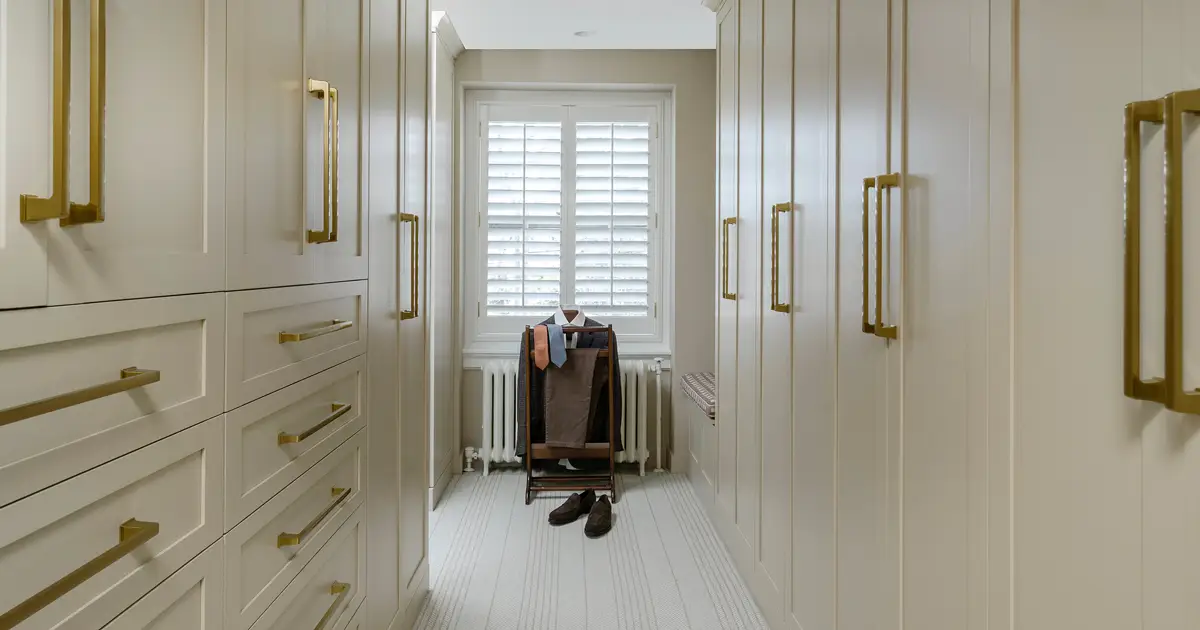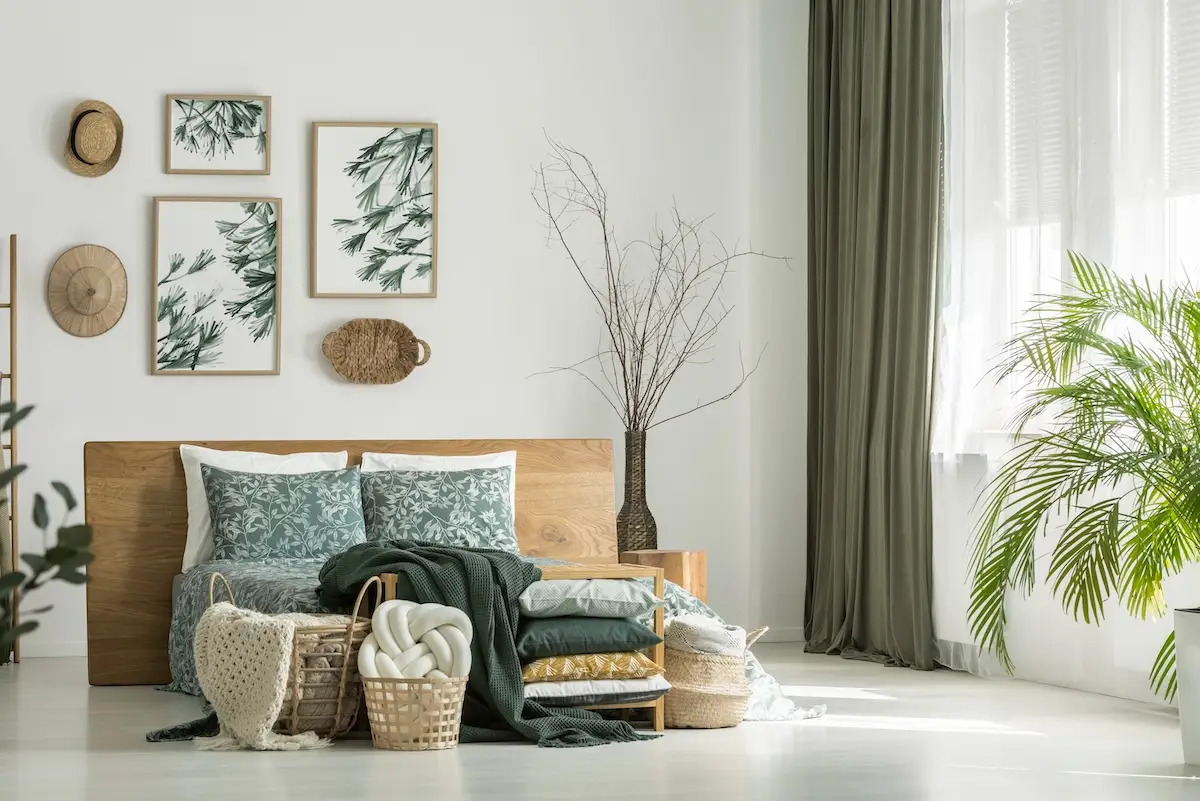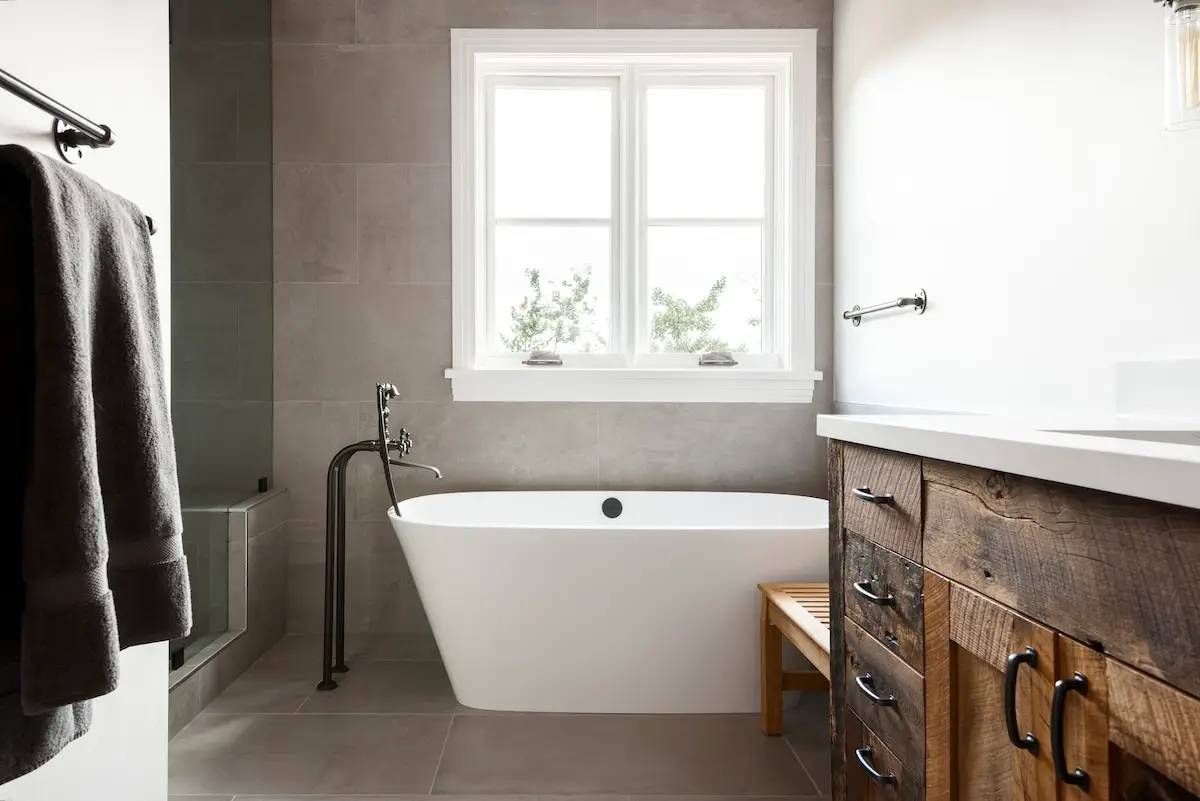The global economy is at a crossroads. High design can also be eco-design. Corporations, manufacturers, and designers alike all have the opportunity to embrace pragmatic change in their business practices. These are low-impact and regenerative opportunities that replenish natural resources rather than deplete them.
Creating a Sustainable Future
As these industries develop new and innovative ways to create a sustainable future, it is ultimately up to the consumer to become environmentally accountable by adopting and implementing these necessary changes. When applying these practices to interior design, choosing eco-friendly materials is the key to ensuring you redesign responsibly.
When selecting sustainable materials, the options are endless, and the applications are boundless. From flooring, tiles, and countertops to entire kitchen systems, there is an environmentally responsible option for each and every corner, nook, and cranny of your beloved home.
Choosing Sustainable Materials When You Shop Local
So which materials support sustainable living? How can we be sure that we’re making the right choices?
Irrefutably stylish and utterly responsible materials come in all forms, shapes, and sizes. Still, we must first ask how these items were sourced, transported, and processed. The best approach, when plausible, is to start locally.
We are always told to “shop local,” but how can we execute this important initiative when redesigning our homes?
Example #1: Reclaimed Wood
Let’s take a look at one of our favorites: reclaimed wood. It’s wood that’s been rescued from some other purpose and reused in a new way — this can be a fantastic addition to any homeowner looking for a rustic and timeless look.
One of the greatest ways of finding perfectly aged wood is locating a lumber retailer that sources wood from local barns that have outgrown their original purpose. Our nation has an endless supply of these structures, and the character that comes with these enormous planks is unmatched.
Reclaimed wood is often beautifully weathered and unique, so it can add a nice touch to your space. You can also use it to create furniture, accent walls, decor accents, exterior cladding, and so much more. While the premium of these sustainable materials is far greater than “virgin” wood, the story that comes with this unique product is worth every penny.
Example #2: Decorative Stone
Another excellent way to shop local when sourcing building materials is to understand where your stone comes from. Local and US-based quarries are a great place to begin this design journey.
Whether it’s the stone around your fireplace, the large format tiling in your foyer, or the worktops in your kitchen, stone is perhaps the most sustainable, natural product on planet Earth. Stone is mother nature’s original green building material – its versatility is infinite as it naturally manifests in many different colors and textures.
Example #3: Countertop Slabs
Most countertop slabs are imported, adding to their environmental impact. We’ve found incredible alternatives in locally quarried slate, soapstone, and a handful of marbles. Natural stone slabs certainly add a luxurious feel to any kitchen or bathroom.
In addition to their beauty, they are durable and long-lasting and allow you to maintain an eco-friendly design. Stone slabs are 100% recyclable and can save the water, energy, and other resources used to generate new building products from raw material sources.
The Bottom Line
Sustainable interior design is not just choosing the right light fixtures and non-toxic paint. Look beyond the surface and understand the company you are shopping for, how products are made, shipped, and even how they treat their workers. With the proper research, you and the right team can build beautiful and eco-friendly spaces made to last.




